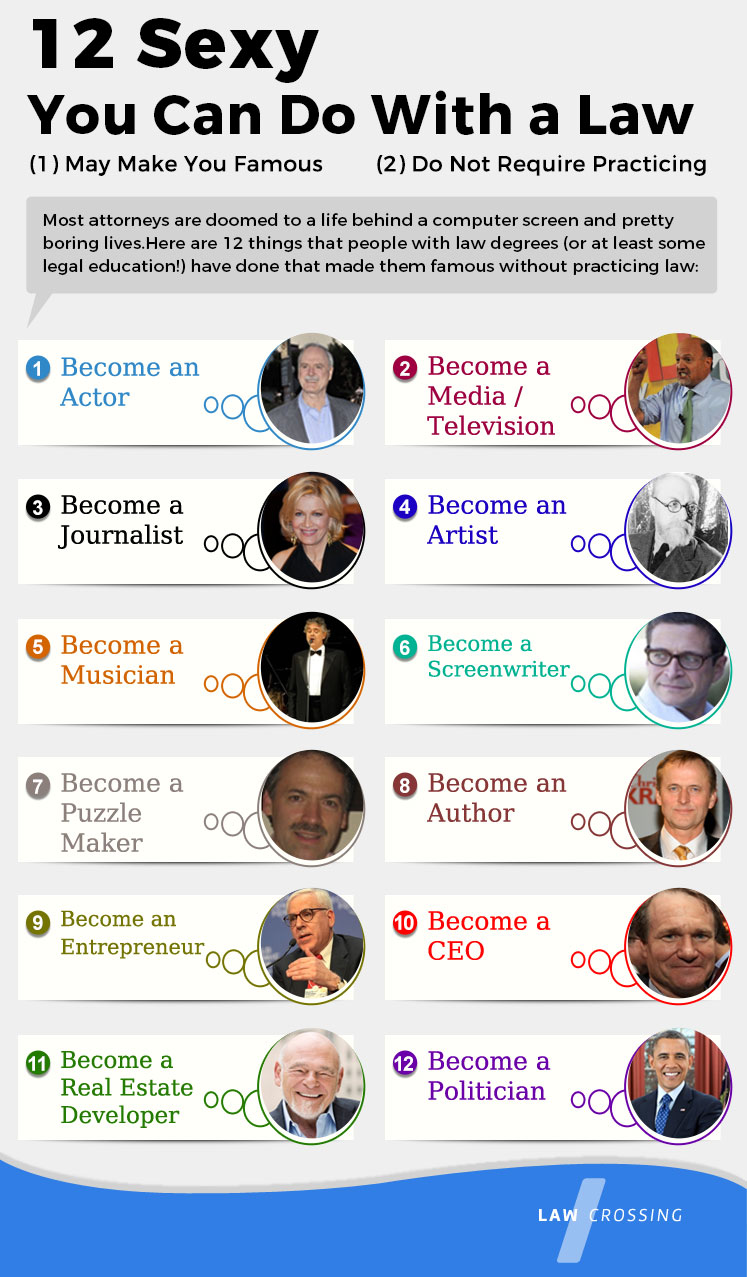The CEO for Microsoft, Steve Ballmer, has a battle in front of him as he needs to enter the tablet market and compete with the leader, iPad and the multiple versions of the Android. Microsoft has attempted to break into the tablet market for some 30 years and now it appears that the company has the tools to release the right tablet. On Monday night, the Microsoft Surface tablet wasrevealed in Los Angeles. After the first couple of reviews, it seems as though there will be a three-horse race at the top of the market.
The new tablet features a 10.6” screen, a magnetic cover that also doubles as a keyboard and a kickstand to hold the tablet upright on a table. The traditional Windows Desktop has been left in the dust for a new ‘Metro’ theme that is tile-based. The tablet comes with a bunch of features that make it seem more like a laptop than a tablet. One of those features is that of the built-in keyboard, which could appeal highly to business customers. Microsoft has also enabled the tablet with Windows 8 as its operating system, which is on the company’s laptops and desktop computers, which could make it easier to flip between devices.
Ballmer was in attendance at a press conference in Los Angeles that announced the new tablet and he called the tablet part of a ‘whole new family of devices’ that Microsoft is developing. The tablet is 9.3mm thick and uses the RT version of Windows. The tablet weighs just under 1.5 pounds. In comparison to the latest iPad, the Surface will be 0.1mm thinner. Microsoft will also unveil a thicker tablet, which will be under 14mm thick, and will weigh less than two pounds. This tablet will operate on the Windows 8 Pro system.
The president of Microsoft’s Windows division, Steven Sinofsky, described the tablet as a ‘tablet that’s a great PC – a PC that’s a great tablet.’ According to a statement from the company, the new tablet will be available for purchase later this year when Windows 8 ships. The company did not release any details about the pricing for the tablet but said that it would be ‘comparable’ with current ARM tablets and Intel-developed Ultrabooks. Microsoft began developing software for tablets back in 2002 when the Windows XP Tablet PC Edition was shipped. Those tablets featured a heavy weight, short battery life and ran on PC technology. With the release of its own tablet, Microsoft is now going to compete with its hardware partners Hewlett-Packard and Samsung.






































